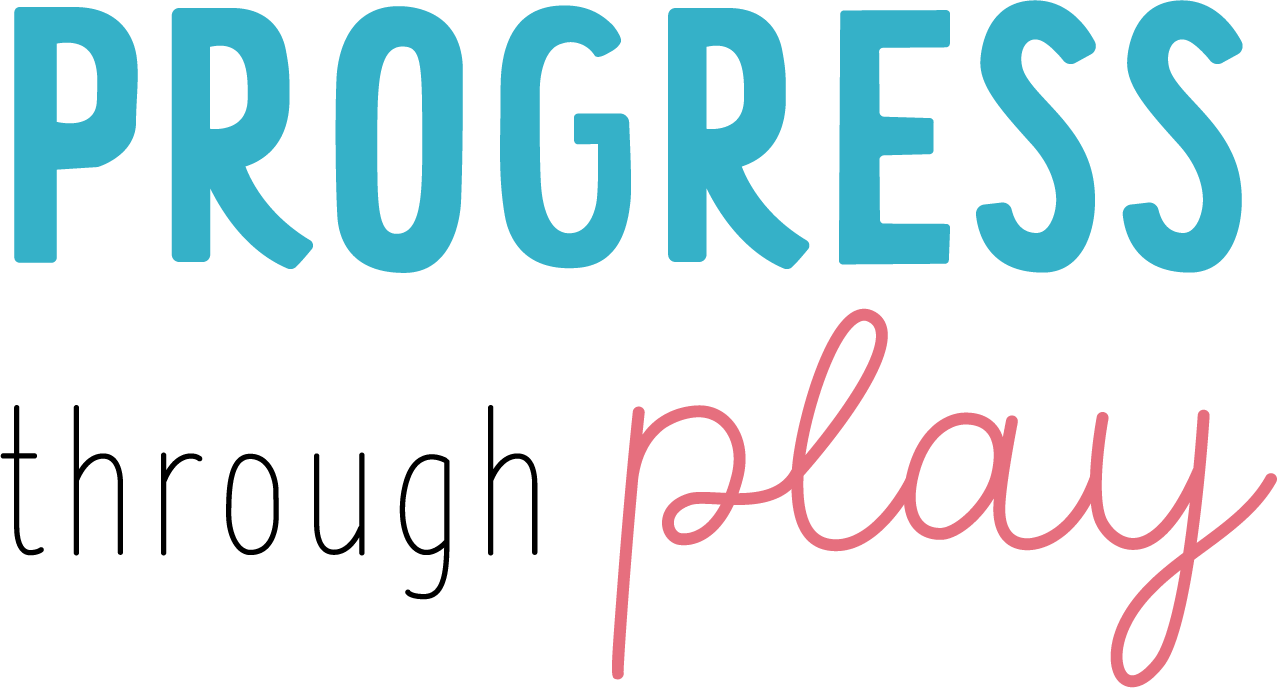Movement is Medicine: A Whole Body Approach to Tongue Tie Therapy
As a pediatric physical therapist, I truly believe that movement is medicine. When it comes to tongue tie therapy, it’s essential to look beyond the mouth and consider the whole body. If your pre/post tongue tie release therapy providers aren’t offering full-body manual therapy along with functional oral motor and gross motor exercises, you might be missing a critical piece of the puzzle.
Tongue tie, or ankyloglossia, is a condition where the strip of tissue connecting the tongue to the floor of the mouth is shorter than usual. This can restrict tongue movement, impacting feeding, speech, and overall oral function. Tongue tie release, or frenectomy, is a common procedure to correct this issue, but the release isn’t the end. Comprehensive therapy is necessary for optimal recovery and function.
Why is Whole Body Movement so Important?
Connection Between Body and Oral Function
The body is a connected system, and the function of one part can significantly impact another. For the tongue to move efficiently, the entire body must be in sync. Posture, muscle tone, and overall body alignment play a vital role in how well the tongue can function. For instance, poor posture can affect the alignment of the jaw and the mechanics of swallowing and speech.
Full-Body Manual Therapy
Manual therapy involves hands-on techniques to address muscle tension, alignment, and mobility issues. For infants and children undergoing tongue tie therapy, manual therapy can help release tension in the neck, shoulders, and back, which in turn supports better oral function. Techniques such as myofascial release, craniosacral therapy, and infant massage can make a significant difference in the overall outcome of tongue tie therapy.
Functional Oral Motor Exercises
While manual therapy addresses the body’s physical alignment and muscle tension, functional oral motor exercises are crucial for improving tongue mobility and strength. These exercises help the tongue move properly for effective feeding, speech, and swallowing. They also support the integration of the tongue's new range of motion post-release.
Gross Motor Exercises
Gross motor skills involve the larger muscles of the body and are essential for overall development and coordination. Activities that promote crawling, rolling, sitting, and standing not only support general physical development but also enhance the stability and strength needed for refined oral motor functions. Integrating gross motor exercises into tongue tie therapy helps address the needs of the whole child.
Without comprehensive care, children may develop compensatory patterns that can lead to other issues. For example, a child might use incorrect muscles for swallowing or speaking if the proper ones aren’t functioning well. This can result in long-term problems that are harder to correct later on. By addressing the whole body, we support the child’s overall development. This approach ensures that the child not only overcomes the immediate challenges related to tongue tie but also develops strong foundational skills for future growth and learning.
The whole body approach that also includes functional oral motor exercises, and gross motor exercises offers the best chance for positive outcomes. It ensures that all aspects of the child's development are supported, leading to better feeding, speech, and overall physical function. Movement is indeed medicine, especially when it comes to tongue tie therapy. If your provider isn’t offering a comprehensive approach that includes full-body manual therapy along with functional oral motor and gross motor exercises, you may be missing an essential part of the treatment process. To see what I mean, check it out in action HERE!


